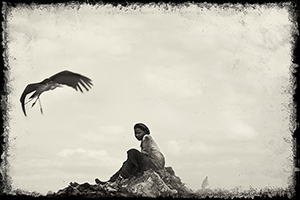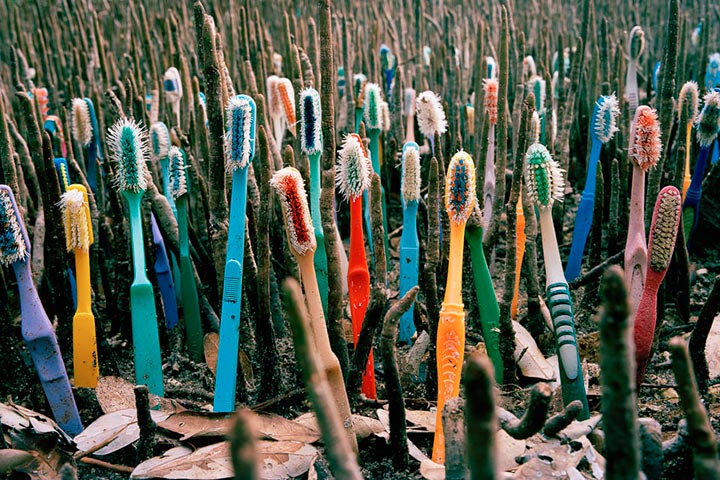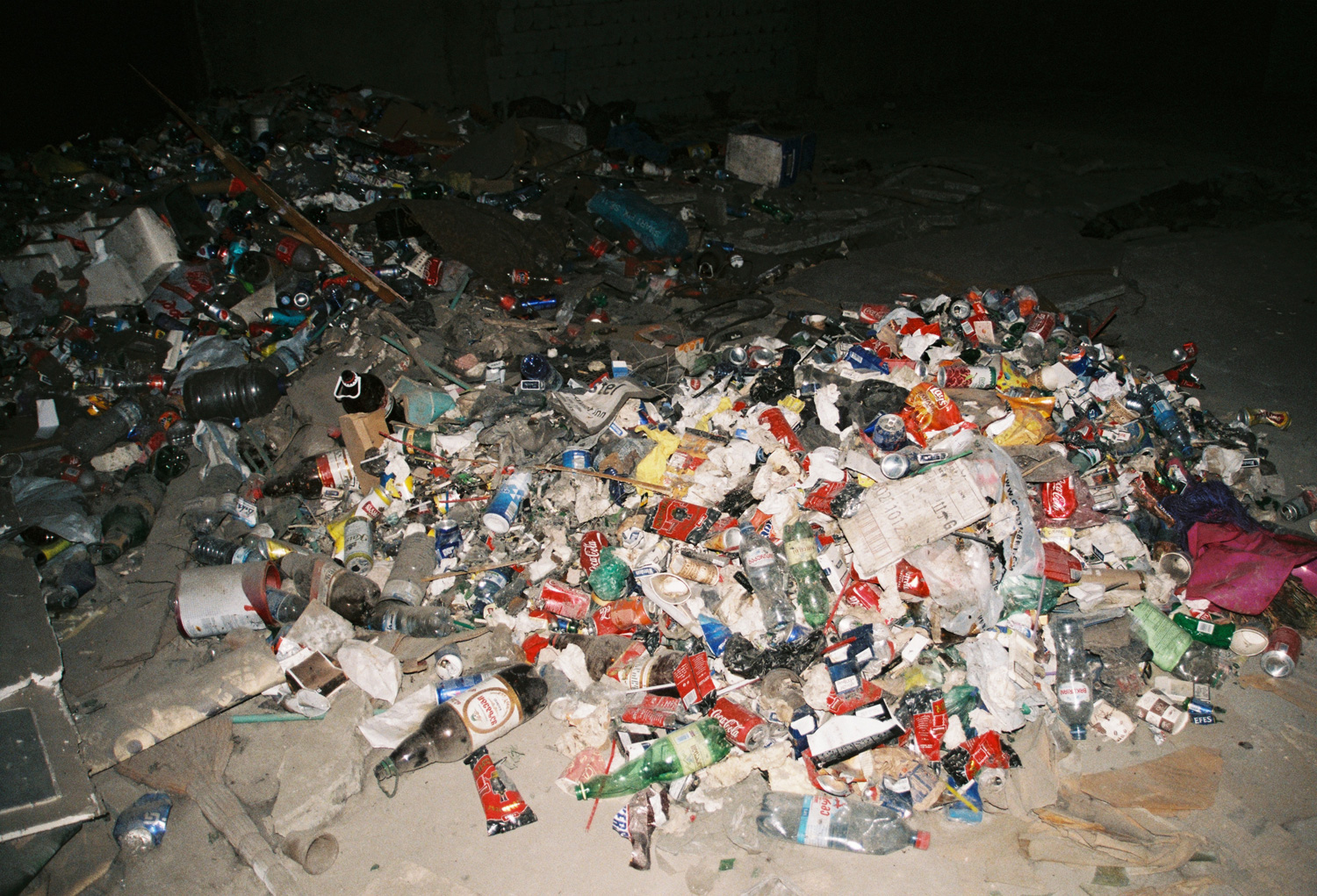Don’t Dump Me: Beautiful Garbage in the Series by Henri Blommers

Dutch photographer. Until 2010, worked in IT for HP. In 2010, graduated from the Fotoacademie in Amsterdam. Worked as a photographer and photo editor for Hello Gorgeous magazine, a volunteer-published edition aimed at fighting the stereotypes about HIV.
— We are living in the Anthropocene, the first time in the history of the earth that humans have the biggest impact on the planet. We still have waste washing up on our shores that comes from the seventies not deteriorated at all. And if plastics are decomposing at all, they fall apart in smaller particles but those particles are still plastic but lose colors and are no longer visible. Science is not sure how long it will take before they will be dissolved or if they will be dissolved at all. Plastic is the fossil of the future. On the other hand, nature has always been very strong and was able to adapt to the severest of circumstances. We lost a few species on the way, but isn’t nature stronger? Or will this era be the first time in history that nature will raise its white flag?
Plastic Utopia is a photographic project on the impact of our consumption on our environment with the hope that nature will be strong and flexible enough. Possibly resulting in the future in new developed species that will absorb our waste.
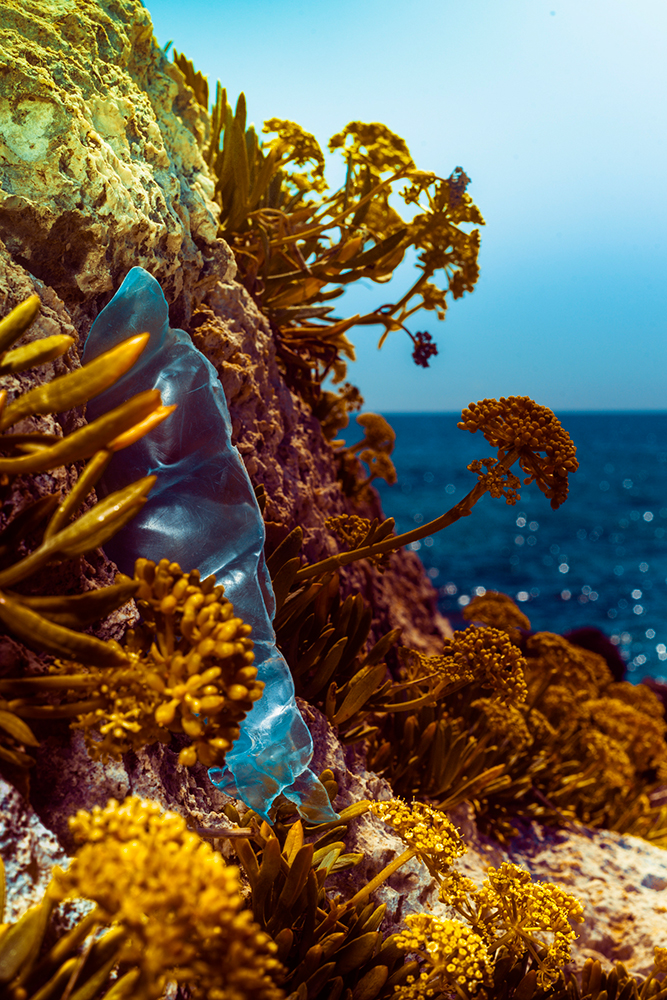
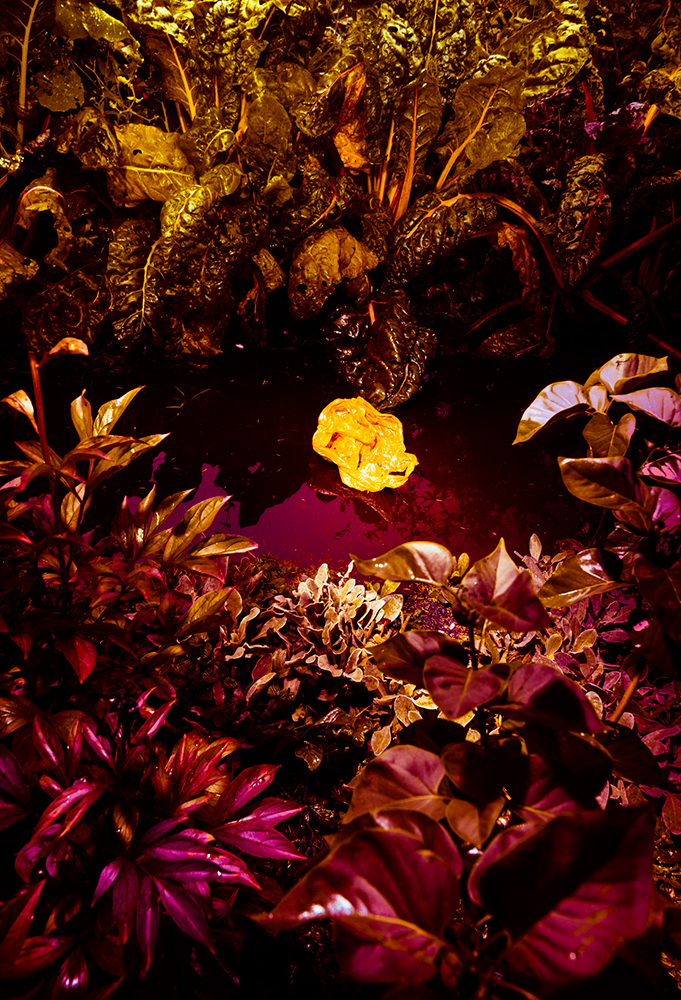




I had earlier similar projects, like the Vondelpark project where I focused on ordinary plants at night in the biggest parc of Amsterdam and Wagenaarstraat 410, where I photographed every day trash on the exact same spot for one year and a half. I feel more and more the urgency to focus again on nature and waste.
I see people daily throwing away cheap furniture because it is too much effort to move it to another place. We buy cheap clothes, wear them a couple of times and throw them away because our taste changed or because they are of poor quality. We buy 20 cheap Asian knives in a decade. We could have bought one good one. The only thing we care about right now is buying more and more and not considering the consequences but in the end we all lose.
I am afraid of these consequences, so I will continue to work on this theme in the future. I have been working on Plastic Utopia for almost two years now and only when plastic and other types of material are completely biodegradable, or only when we have fully changed our behavior both in consumption and disposing of trash, perhaps then this fear might be gone.

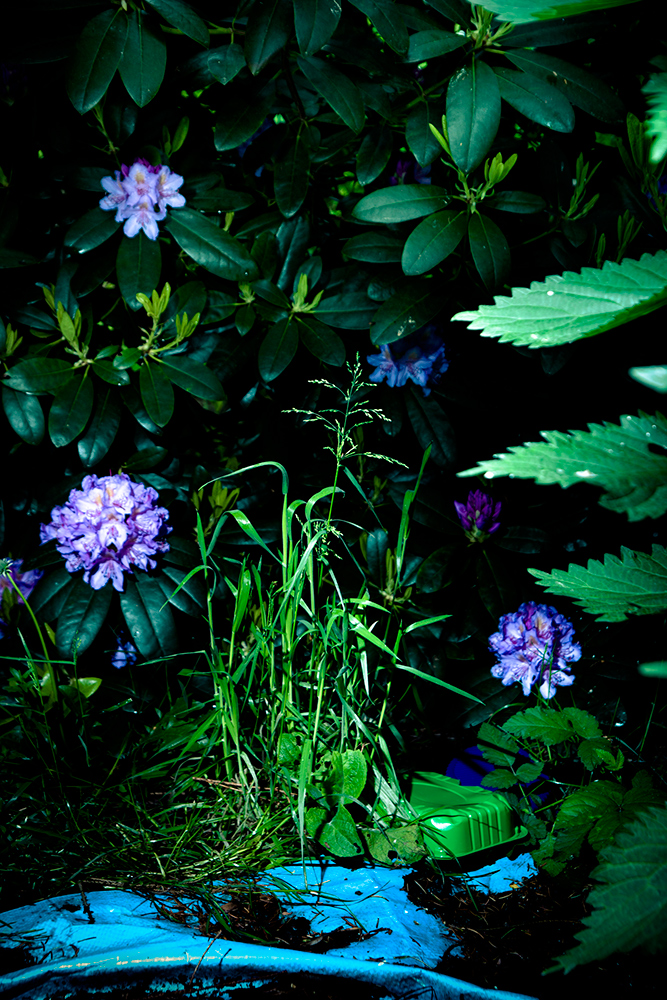
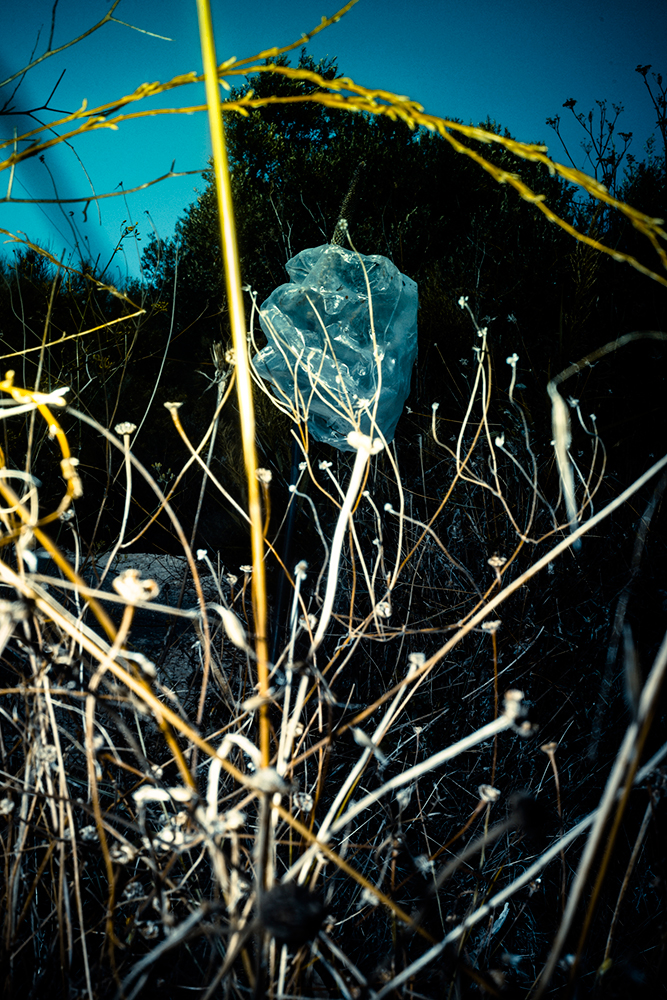
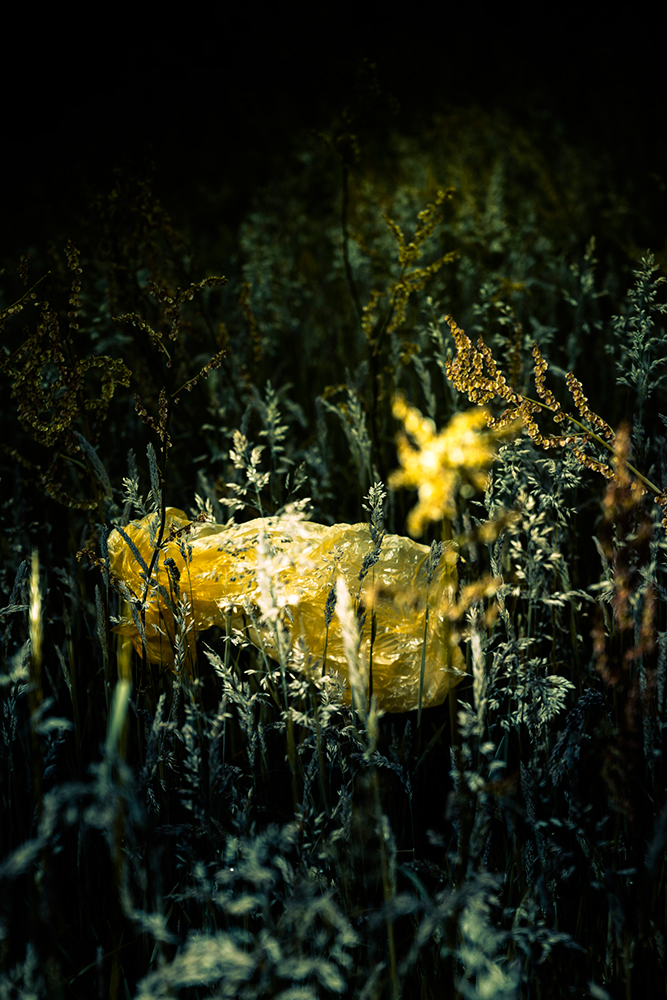
Together with three other artists from other disciplines, we realized that although we read a lot about environmental problems, we never investigated the situation ourselves and we never really looked at our own behavior. First, we started with collecting our own white plastics and when you store it, it becomes a nuisance in your apartment. It is useless because it loses its function. We wanted our viewers to have the same experience to have that piece of useless plastic sitting there in your house for some time and we organized a goodbye ceremony for these objects in a church.
The next step was to go into a field and do research in a pseudo-scientific way. We investigated, for example, what you can find on a seemingly perfectly clean beach or park. I made ‘inventory’ images of the findings and started off with my own project, Plastic Utopia. I placed what we found back into nature and started to take photos of it. After some time, I also used trash I just found during walks or incorporated in the series objects that might not be considered waste just yet like abandoned toys.
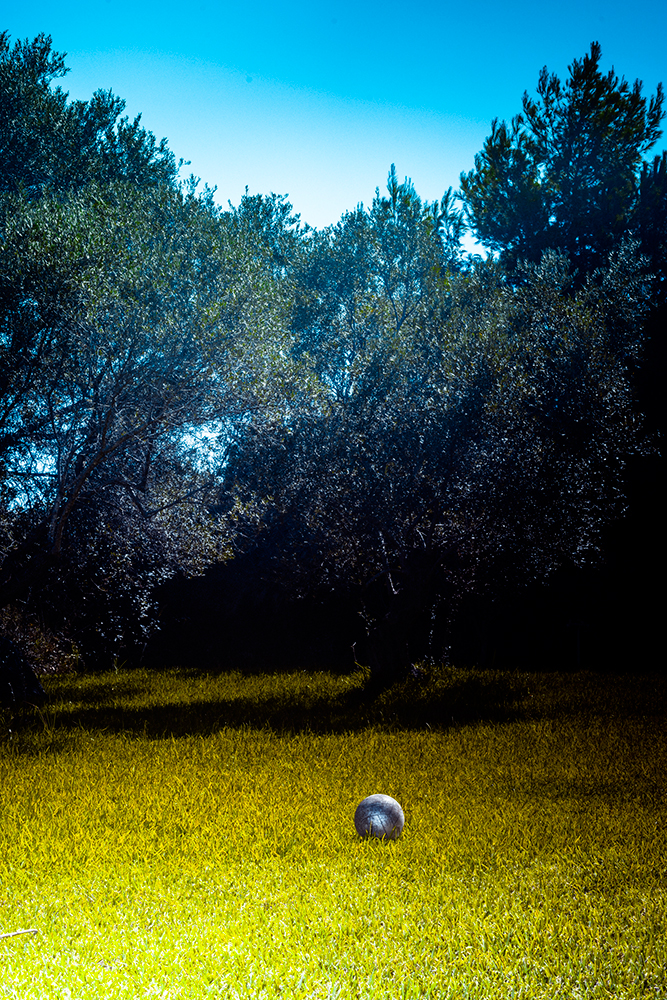

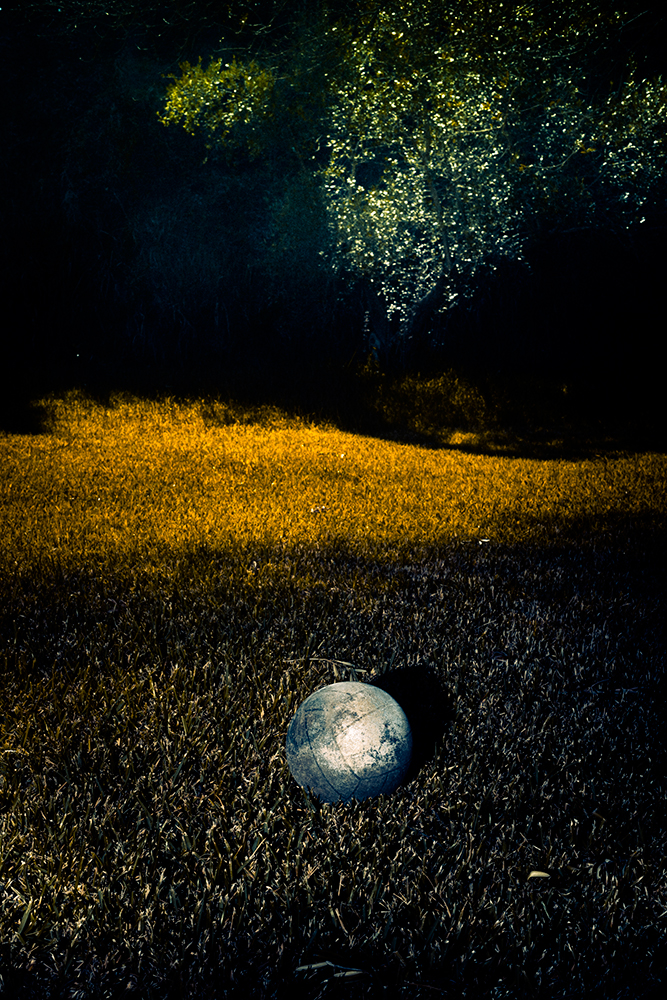
One question I received on this series was why I chose this aesthetic approach. In a previous series where I photographed the same spot under a tree in my street for almost two years, there were some really dark, muddy images. I felt that people were not looking at them. With my artist friends, we had long discussions on this. If you talk about politics, waste, eating less meat, people disengage at a certain moment. They think they know the subject, they don’t really look and think any more. They are oversaturated in a way.
In Plastic Utopia I wanted people to first see the beauty of nature and the beauty of trash but I also wanted them to ask questions whether my approach is not too aestheticized, whether I am not making it too beautiful? Perhaps I am, and perhaps that is a good way to have people think about the whole subject again.
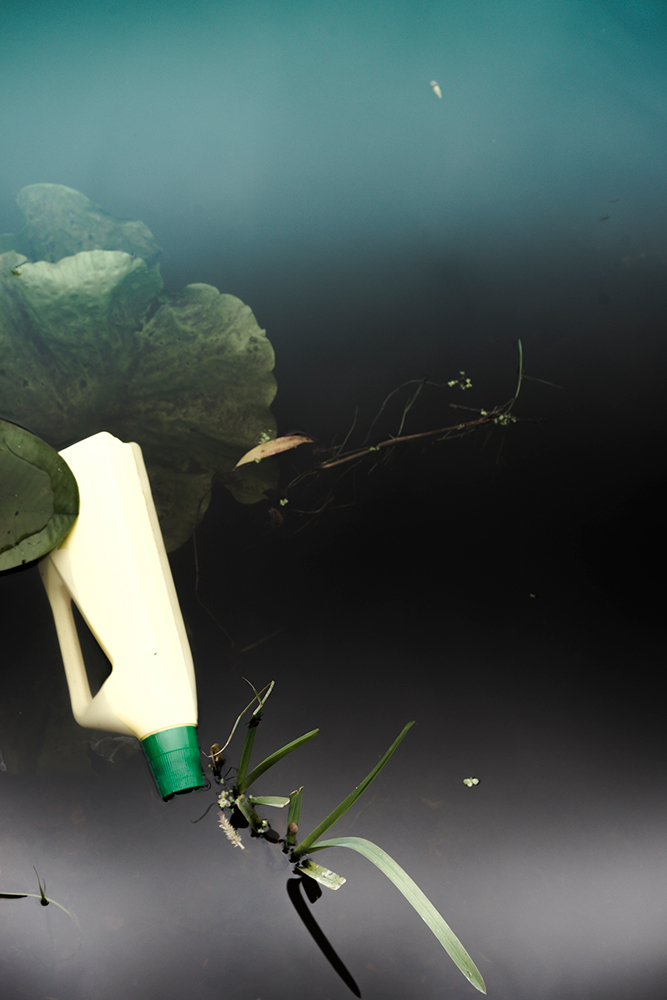
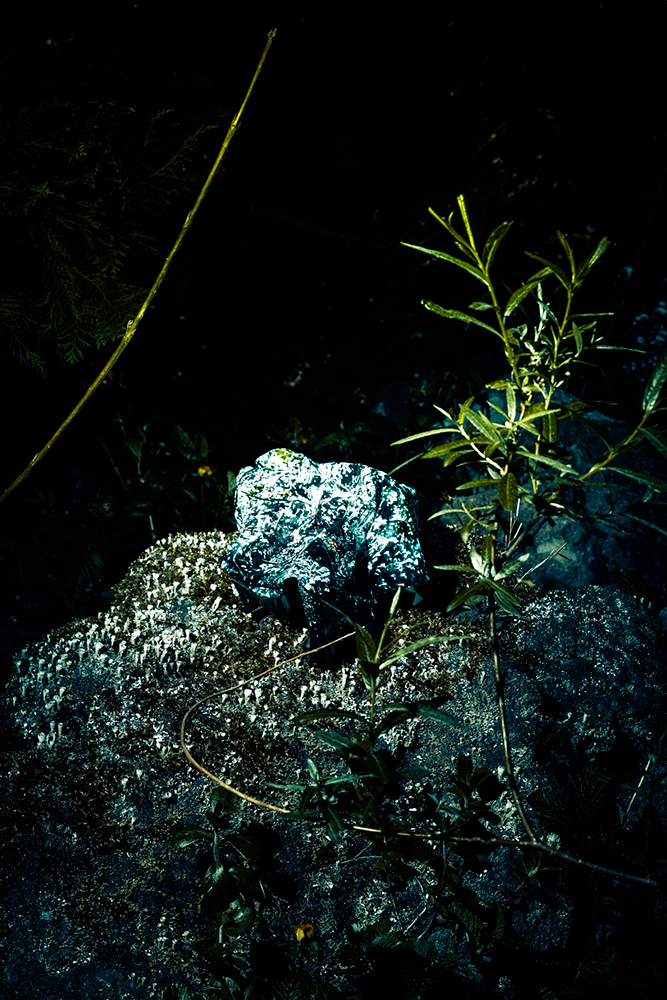
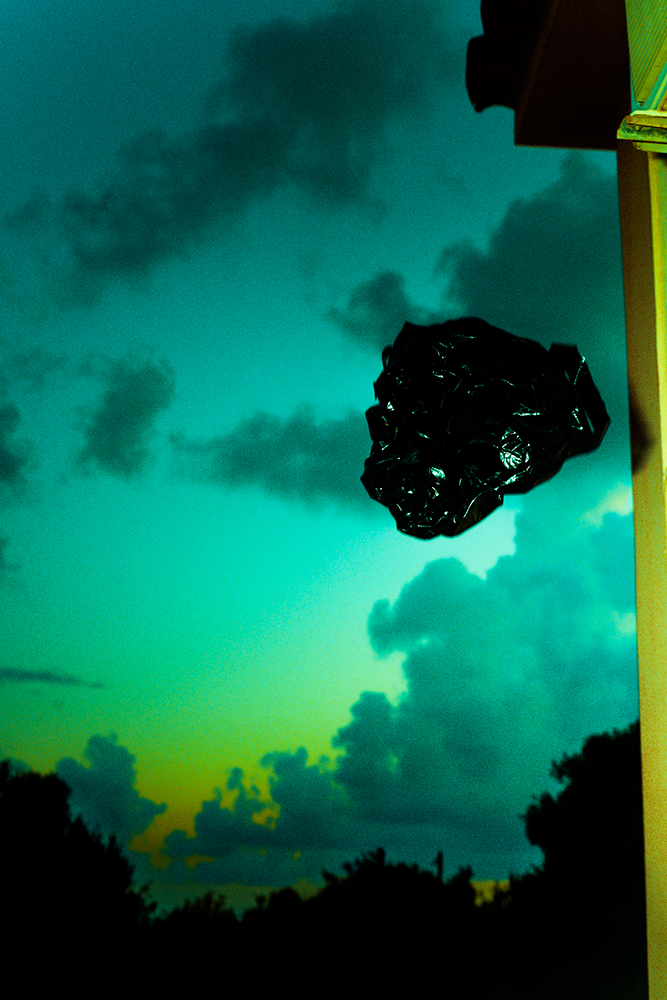
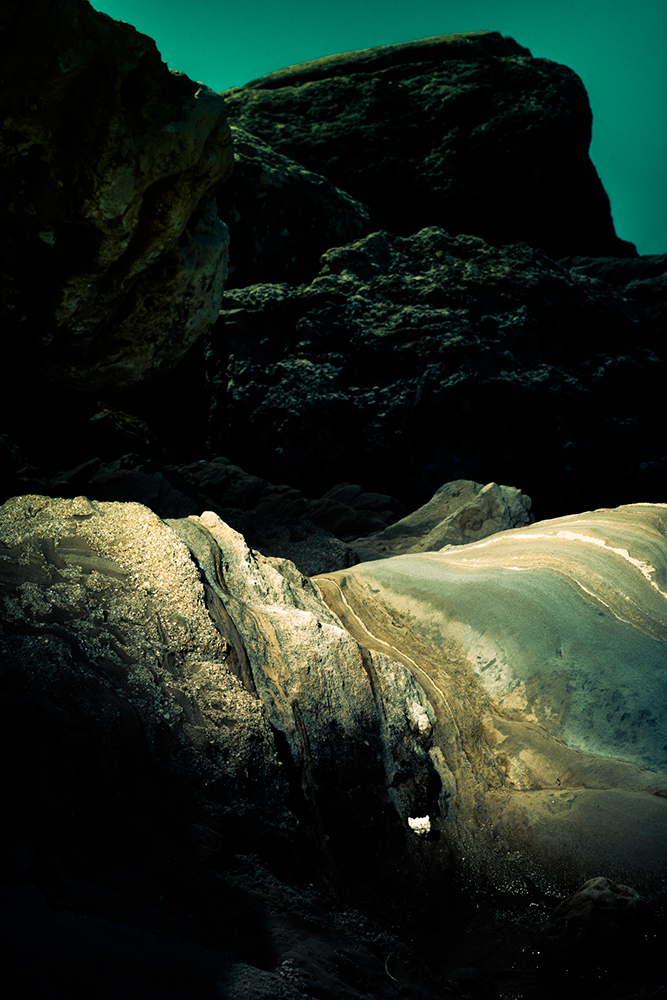
New and best
